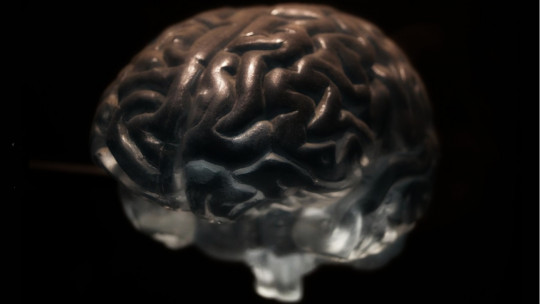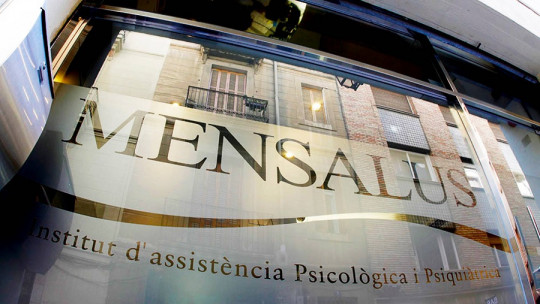
Although psychologists, including clinical ones, have traditionally subscribed to specific theoretical models (such as behavioral, psychodynamic, phenomenological or humanistic), there is a growing trend towards the integration of different approaches. However, these kinds of movements date back to at least the middle of the 20th century.
In this article we will describe the characteristics of the main integrative models in psychological therapy, as well as the types of integration that exist. Among the developments that we will talk about we can highlight the interpersonal therapy of Klerman and Weissman or the transtheoretical model of change of Prochaska and Diclemente.
Integrative models in psychotherapy
In 1950, John Dollard and Neal Miller, two researchers at Yale University, published the work “Personality and Psychotherapy: An Analysis in Terms of Learning, Thought, and Culture.” In her reformulated key concepts of psychoanalysis in behavioral terms ; This was one of the first milestones in the history of integration in psychotherapy.
At this time there were multiple psychological models in vogue; Psychoanalysis and learning theory were the most influential, but other orientations also had weight and some new ones were beginning to flourish, such as cognitivism. This context favored the mix of very varied proposals, sometimes opposing each other.
Another relevant aspect in the development of integrative models is constituted research into the effectiveness of psychotherapy and its components and approaches. The results suggested that different forms of intervention could be useful depending on the specific case, and that much of the success of psychotherapy should be attributed to common factors.
During the following decades the integration movement continued to develop along very different paths. In this sense, we must distinguish three main types of integration in psychotherapy, which reveal different approaches towards a common objective: increasing the explanatory capacity of the models and the effectiveness of the treatments.
What types of integration exist?
There are three big Types of psychotherapeutic integration: theoretical, technical and common factors approach, which focuses on the aspects underlying the effectiveness of therapy regardless of its orientation. This division is very general and does not represent the complexity of the integration movement, but it gives an idea of its basic tendencies.
1. Theoretical integration
Theoretical integration consists of combining approaches from different psychological orientations. In some cases, equal weight is given to complementary approaches, such as behaviorism and cognitivism, while in others one theory is used as a base and the concepts of others are introduced into it; constructivism is particularly useful in this regard.
2. Technical eclecticism
Technical integration is commonly known as “technical eclecticism”. This approach focuses on increase the effectiveness of psychotherapy by combining the most useful contributions from different orientations for specific problems. Thus, it is easier to apply than theoretical integration, although it runs the risk of lacking systematicity.
3. Common factors approach
This approach to integration is probably the oldest of the three; Its origin dates back to the decades between 1930 and 1960, when the contributions of Rosenzweig, Alexander and French and Carl Rogers appeared. It is currently known that 30% of the effectiveness of therapies is due to common factors and only 15% to the chosen techniques.
Integrative psychological therapies and theories
Although there are many psychotherapeutic approaches that can be included within the integrative paradigm, we will focus only on some of the most significant examples. Other relevant models include Wachtel’s cyclical dynamic psychotherapy, the theoretical integrationism of Neimeyer and Feixas or the proposal of Mardi Horowitz.
1. Rogers Person-Centered Therapy
Carl Rogers, a pioneer of humanistic psychotherapy, developed his person-centered model from his research on the therapeutic process. From these he concluded that effectiveness depends mainly on the authentic attitude of the therapist as well as unconditionally accepting the client and being able to empathize with them.
2. Klerman and Weissman interpersonal therapy
Gerald Klerman and Myrna Weissman developed their interpersonal therapy as a treatment method for major depression in the 1970s; Nowadays it is also applied in cases of bulimia or in family therapy. This type of intervention part of psychodynamic theory and cognitive-behavioral therapy and includes techniques from different models.
3. Multimodal Lazarus Therapy
Richard Lazarus is known mainly for his contributions to coping with stress. His multimodal therapy proposes the use of very diverse techniques depending on the specific problems and personality of the client; This includes interventions such as behavior modification, cognitive restructuring, biofeedback, and pharmacological therapy.
4. Prochaska and Diclemente’s transtheoretical model of change
This theoretical and practical model It is applied in the treatment of addictions It defines change in six stages (precontemplation, contemplation, preparation, action, maintenance and completion), two types of process (cognitive-experiential and behavioral) and five levels (symptomatic, cognitive, interpersonal, systemic and intrapersonal).








